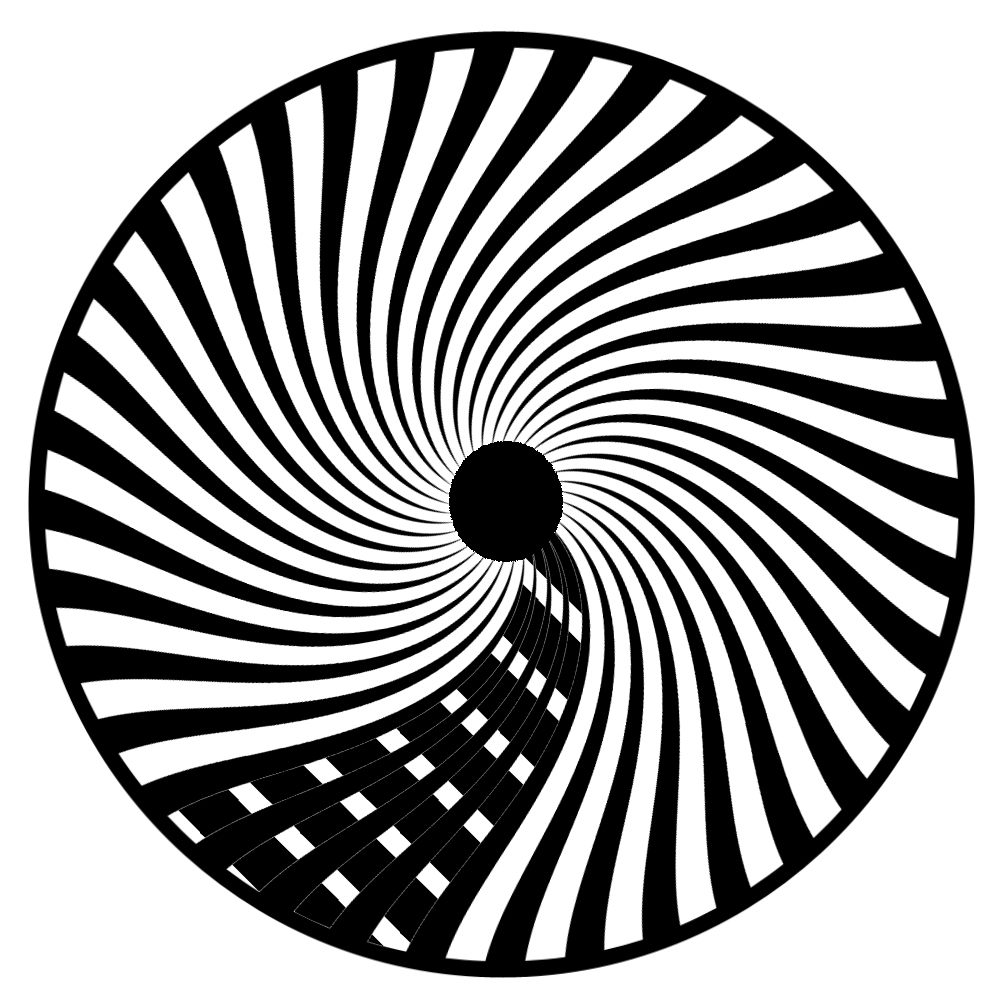
Tuesday, October 21, 2014
Why AEDs?
Well, I’m glad you asked.
“About 600,000 people die of heart disease in the United States every year–that’s 1 in every 4 deaths.1”
When I was in dental school, one of the electives I took was to become a certified teacher of the CPR class. This elective requires you to pass additional tests and discuss in depth CPR, use of AEDs, and prepare the skillset required to train your classmates in safe and effective CPR.
So, let’s go over some basics:
Common question – Isn’t CPR all you need in a cardiac emergency?
In short, no. Let’s examine this question further. Here we must differentiate between heart attack and sudden cardiac arrest (SCA). “A heart attack is when a blockage in an artery results in a lack of oxygen to the heart muscle, ultimately causing damage. …Heart attacks are serious and can lead to SCA. However, SCA may occur independently from a heart attack and without warning. 2”
So, in the event of a heart attack, CPR may be adequate, but when the rhythm of the heart is not functioning correctly, such as in atrial fibrillation or ventricular fibrillation, or when the heart rhythm has stopped completely – as in SCA, the heart needs an electrical jumpstart. This critical juncture is when you need an AED.
BLS – basic life support (current thinking)
The current protocol is compressions are #1 in importance. 30 compressions: 2 breaths, or if you are not comfortable breathing for that other person, then, at least do continuous compressions until help arrives. Compressions that are adequately deep and adequately strong will very likely be the difference between whether the person you are performing CPR on will live or die.
Is an AED required in a dental office?
Currently, the state of Texas does not require an AED in dental offices.
Why now? What made you get an AED?
I have always wanted to have an AED in the office for patients, staff or even to be used on myself in case of an emergency. I finally settled on the idea that we have: an aging patient population, an increasing number of surgical sedation cases, and we are seeing a number of special needs (intellectually disabled) patients – many of whom are delicate and are medically complex. These factors pushed me to buy an AED, so we got an AED with a good track record the Powerheart AED G3.
What difference does 10 minutes make?
“If defibrillated within the first minute of collapse, the victim’s chances for survival are close to 90 percent. For every minute that defibrillation is delayed, survival decreases by 7 percent to 10 percent. If it is delayed by more than 10 minutes, the chance of survival in adults is less than 5 percent. 3”
In an emergency situation, you need the tools to act quickly. How far away is your closest AED? Do you know?
-
1.CDC. “Heart Disease Facts.” <http://www.cdc.gov/heartdisease/facts.htm> accessed on: 10/21/14
-
2.Heartsine. “About SCA” <http://heartsine.com/support/about-sca/> accessed on: 10/21/14
-
3.Sudden Cardiac Arrest Association. “About AEDs.”<http://www.suddencardiacarrest.org/aws/SCAA/pt/sd/news_article/43774/_PARENT/layout_details/false> accessed on: 10/21/14
Tuesday, October 21, 2014

